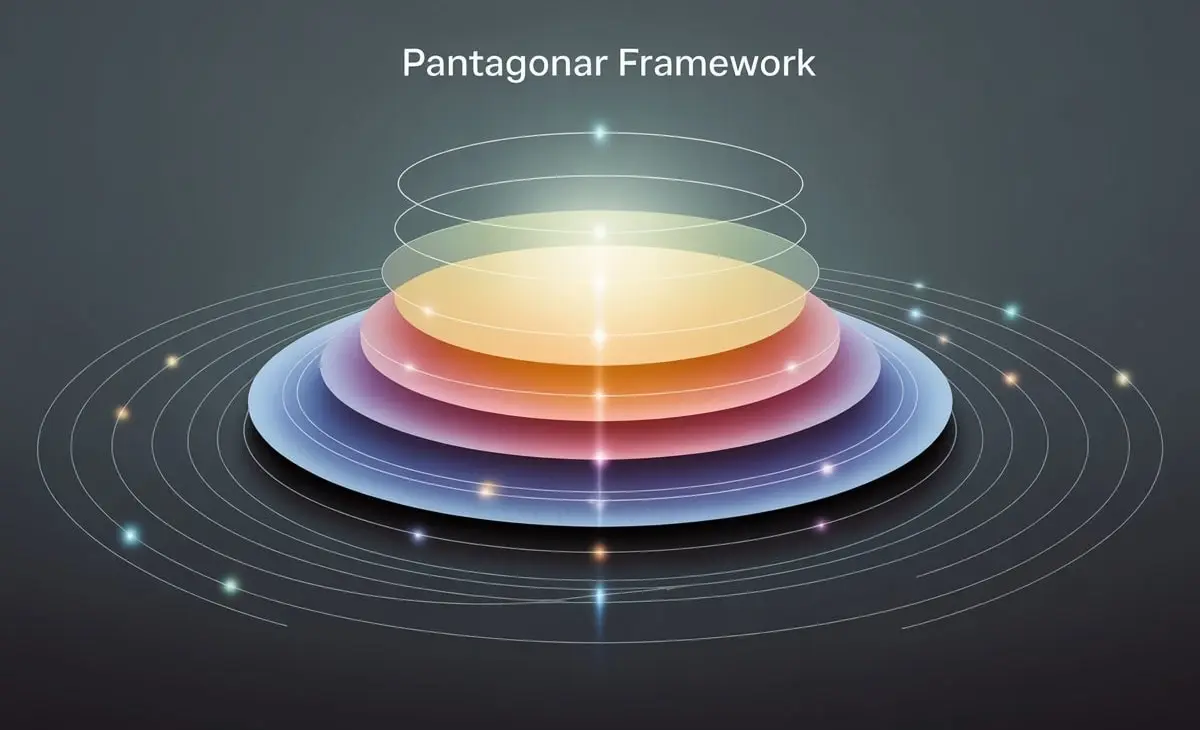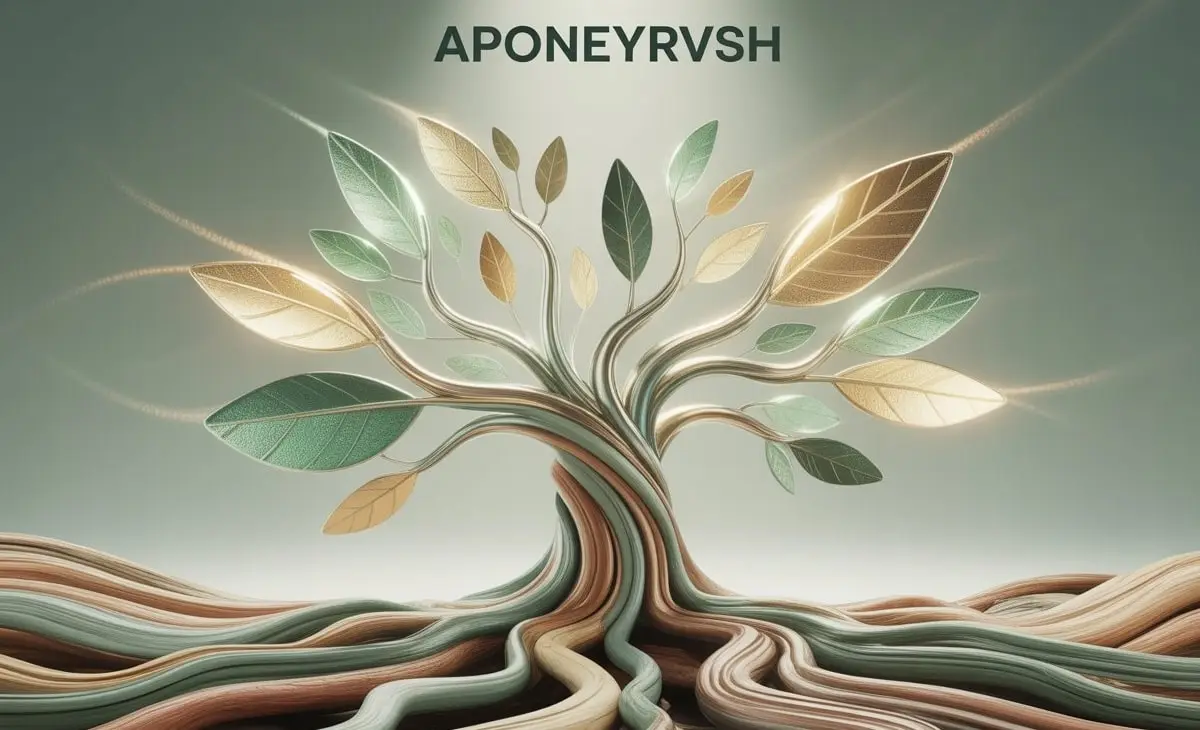In the digital age, clarity in communication has become more valuable than ever. From endless corporate reports to online tutorials and digital interfaces, information is everywhere but not always accessible. Too often, people face one of two extremes: content that is overly simplified and lacks depth, or communication that is so complex that it leaves the reader confused and disengaged. To overcome this gap, a modern framework known as Pantagonar has begun to emerge. This concept is designed to balance clarity with depth, structure with flexibility, and simplicity with substance.
Pantagonar is not just a communication technique but a mindset that helps professionals, educators, and technologists create meaningful, layered communication. Instead of forcing everyone to consume information at the same level, it recognizes that different audiences require different levels of engagement. Beginners need clear entry points, while intermediates and experts seek additional detail and depth. The brilliance of Pantagonar lies in its ability to accommodate all these needs in a single structured flow.
What is Pantagonar?
Pantagonar can be understood as a progressive communication framework that organizes ideas in structured layers. Rather than presenting everything at once, it introduces content gradually. Readers are first given the essentials in a simple, accessible way. Once the foundation is laid, the framework introduces more nuanced explanations, examples, and supporting evidence. In this way, Pantagonar acts like a staircase—each step builds on the previous one, making the journey through complex material manageable and logical.
The uniqueness of Pantagonar lies in its ability to avoid both extremes. It does not “dumb down” information, but neither does it drown the reader in technical jargon or data from the beginning. Instead, it balances clarity and complexity, ensuring that communication is approachable without sacrificing richness.
Foundations and Theoretical Background
Although Pantagonar is relatively new as a formalized concept, its foundations draw from long-established practices in teaching, writing, and design. Education has long relied on scaffolding—building student understanding step by step. User experience design often uses progressive disclosure, where advanced features or explanations appear only when the user is ready. Business and policy communication frequently begins with summaries before providing detailed reasoning and evidence. Pantagonar brings together these principles under one cohesive framework, emphasizing the importance of structured progression and adaptive communication.
Traditional readability models such as the Flesch Reading Ease test or SMOG Index attempt to measure how accessible a piece of writing is. While useful, these models often reduce communication to numerical scores, focusing only on word length or sentence structure. Pantagonar goes further by embedding intentional design. It is not about achieving a score but about creating a reading experience that adapts to audience needs, allowing them to either skim for quick takeaways or explore deeper content when they choose.
Pantagonar in Education
In education, the Pantagonar framework offers immense value. Teachers often struggle to meet the needs of diverse learners in the same classroom. Some students are beginners who require simplified explanations, while others are ready for more advanced analysis. Pantagonar provides a way to design lessons that address both. The first layer of communication can focus on core definitions, everyday examples, and introductory explanations that make a subject approachable. As the lesson progresses, additional layers add complexity—contextual case studies, theoretical debates, or applied problem-solving exercises.
By using Pantagonar, educators create a sense of progression that feels natural. Beginners are not overwhelmed, and intermediates are not left bored or underchallenged. This balance not only improves learning outcomes but also builds student confidence, as each layer prepares them for the next. The approach aligns closely with differentiated learning methods, where teaching adapts to the varying levels of readiness in a classroom.
Pantagonar in Business and Policy Writing
Clarity and precision are essential in business and policy communication. However, striking the right balance between simplicity and detail is often a challenge. Executives may want a quick summary of what matters most, while analysts, investors, or policymakers require deeper insights. Pantagonar resolves this by structuring communication into layers.
The first layer might be a concise summary that highlights the bottom line—what action is needed and why. This satisfies busy decision-makers who require efficiency. The following layers can then explore rationale, data, risks, and supporting evidence for those who want to understand the reasoning in depth. This structure respects the reader’s time while ensuring that no critical information is lost.
For policy writers, Pantagonar ensures accessibility for the general public while retaining rigor for legal experts and policymakers. Citizens can quickly grasp the essentials of a new regulation, while professionals can examine the underlying arguments, research, and legislative details. This layered clarity builds trust, as people feel both informed and respected, no matter their background.
Pantagonar in Technology and User Experience
Technology has transformed how people interact with information, but many digital platforms face the same communication challenges as traditional media. New users often feel overwhelmed by technical complexity, while advanced users seek deeper customization and resources. Pantagonar provides a blueprint for bridging this gap.
In a digital interface, Pantagonar may begin with clear prompts or tooltips that guide beginners through essential steps. Once users are comfortable, more advanced layers unfold, such as contextual guides, detailed documentation, or expert-level features. This creates a seamless experience where no one feels excluded—newcomers receive clarity, while experts have access to depth.
Such design aligns perfectly with the modern principle of user-centered experiences. Rather than forcing everyone into the same interaction model, Pantagonar creates adaptive pathways that evolve with the user’s level of expertise. This makes technology more welcoming while maintaining richness for those who seek it.
Practical Application of Pantagonar
The practical strength of Pantagonar lies in its adaptability. Whether designing a curriculum, writing a business report, or building a digital platform, the process begins with clarity. The communicator must identify the essential message and present it in straightforward language. Once that foundation is laid, the communicator gradually adds depth—context, reasoning, and advanced detail—layer by layer.
Transitions are also crucial. Readers should always feel guided through each layer rather than suddenly confronted with a leap in complexity. Smooth structural cues such as headings, well-placed examples, and gradual elaboration create a sense of flow. Importantly, Pantagonar respects autonomy: not every reader will want to consume every layer. Some may stop at the summary, while others may explore every detail. The framework allows both experiences to coexist naturally within the same communication.
Why Pantagonar is Needed Now
The modern world is saturated with information. People are bombarded by reports, articles, notifications, and digital messages every day. The challenge is no longer accessing information but navigating it without feeling overwhelmed. Pantagonar directly addresses this issue by providing a structured pathway through complexity.
Audiences value communication that saves time, avoids confusion, and delivers substance. Pantagonar delivers on all these needs by offering a balanced structure that begins with clarity and unfolds into depth. It builds trust because readers know they will not be misled or underestimated. For organizations, adopting Pantagonar principles translates into stronger engagement, higher credibility, and more satisfied audiences.
Also Check: wallergop
Final Thoughts
Pantagonar is more than just a theory—it is a transformative way of thinking about communication in an era of complexity. By layering clarity and depth, it ensures that content remains accessible to beginners while still engaging intermediates and experts. In education, it supports differentiated learning. In business and policy, it ensures efficiency without sacrificing rigor. Technology and user experience, it creates adaptive pathways that evolve with the user.
As communication challenges continue to grow in a fast-paced, information-driven world, Pantagonar provides a reliable compass. It is a framework that respects human intelligence, values structured progression, and adapts to the needs of diverse audiences. Whether you are a teacher, business leader, writer, or designer, adopting Pantagonar principles will not only improve how you communicate but also how your message is received.
The future of effective communication lies in structure, clarity, and adaptability—and Pantagonar is the framework that brings them together




